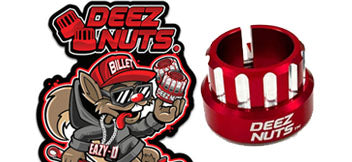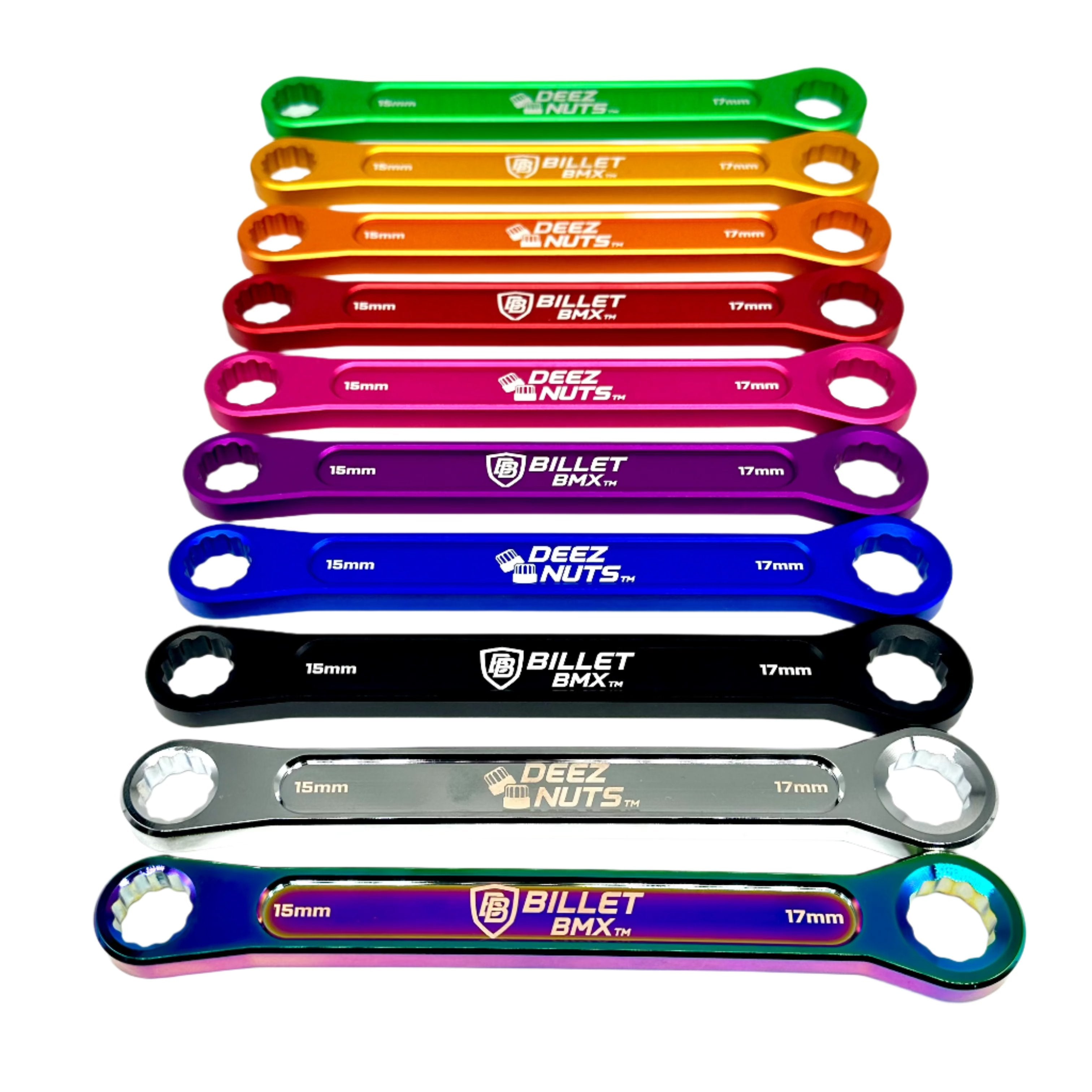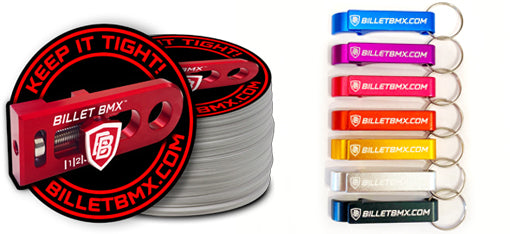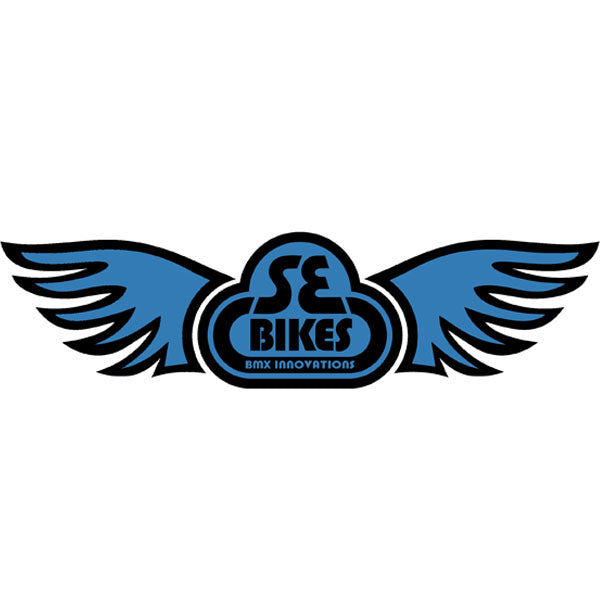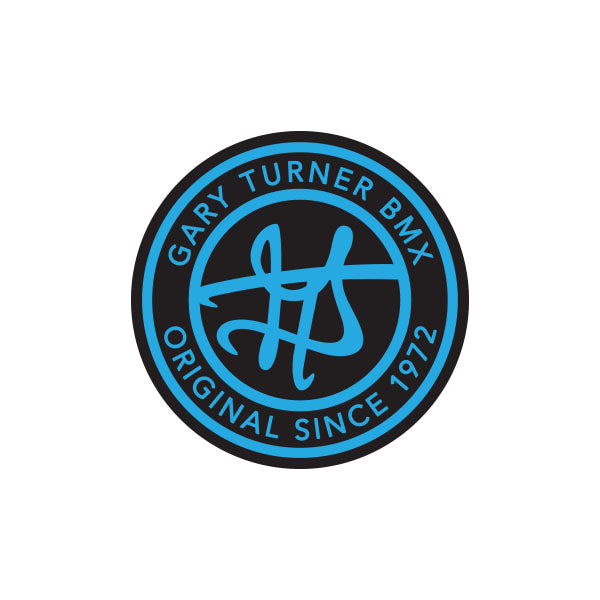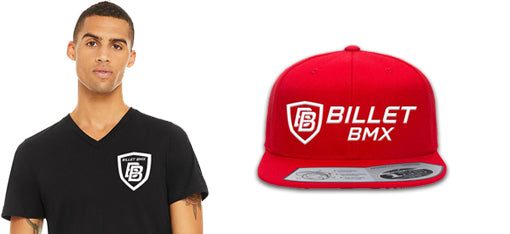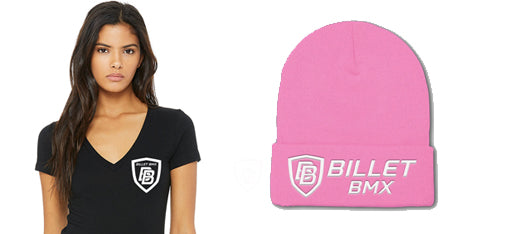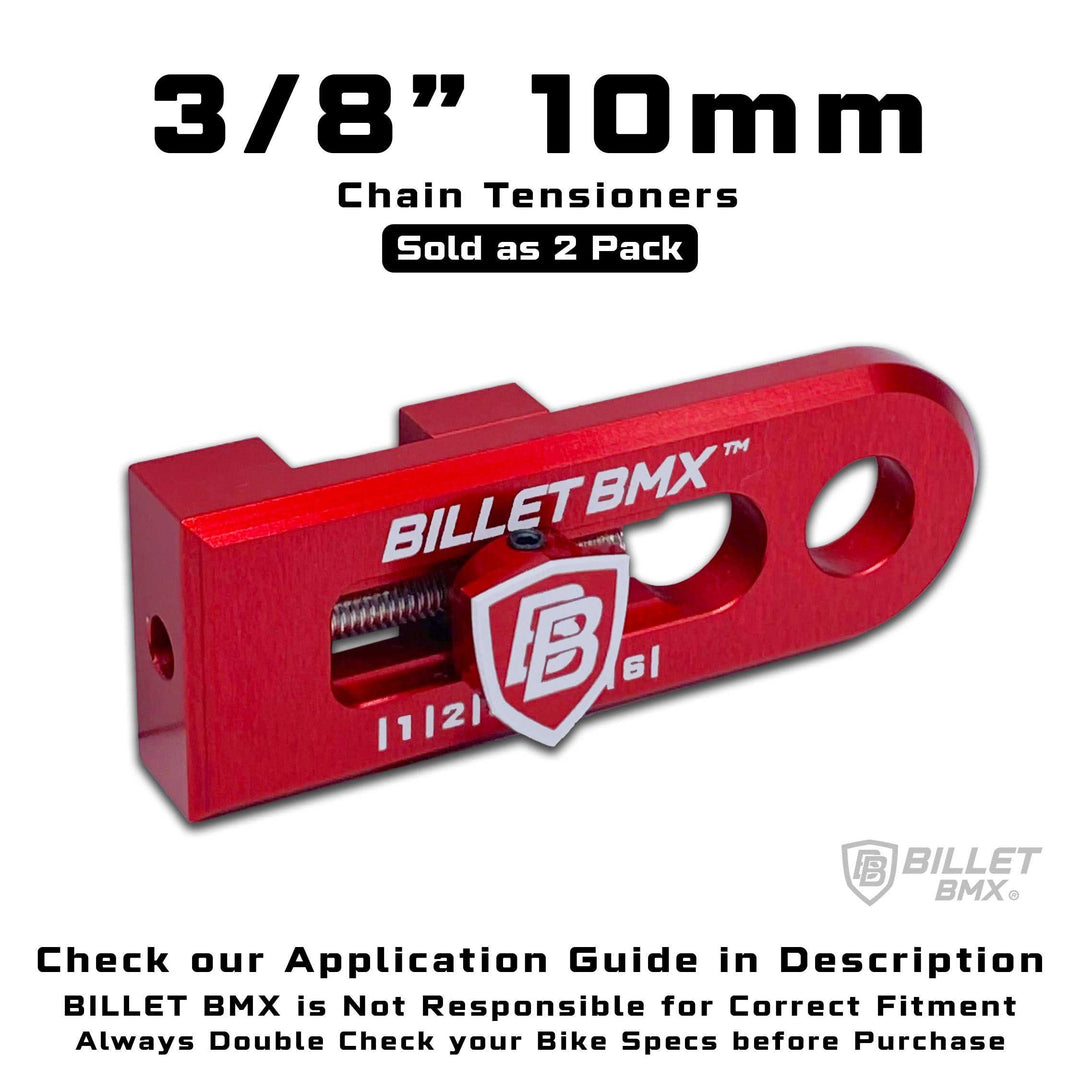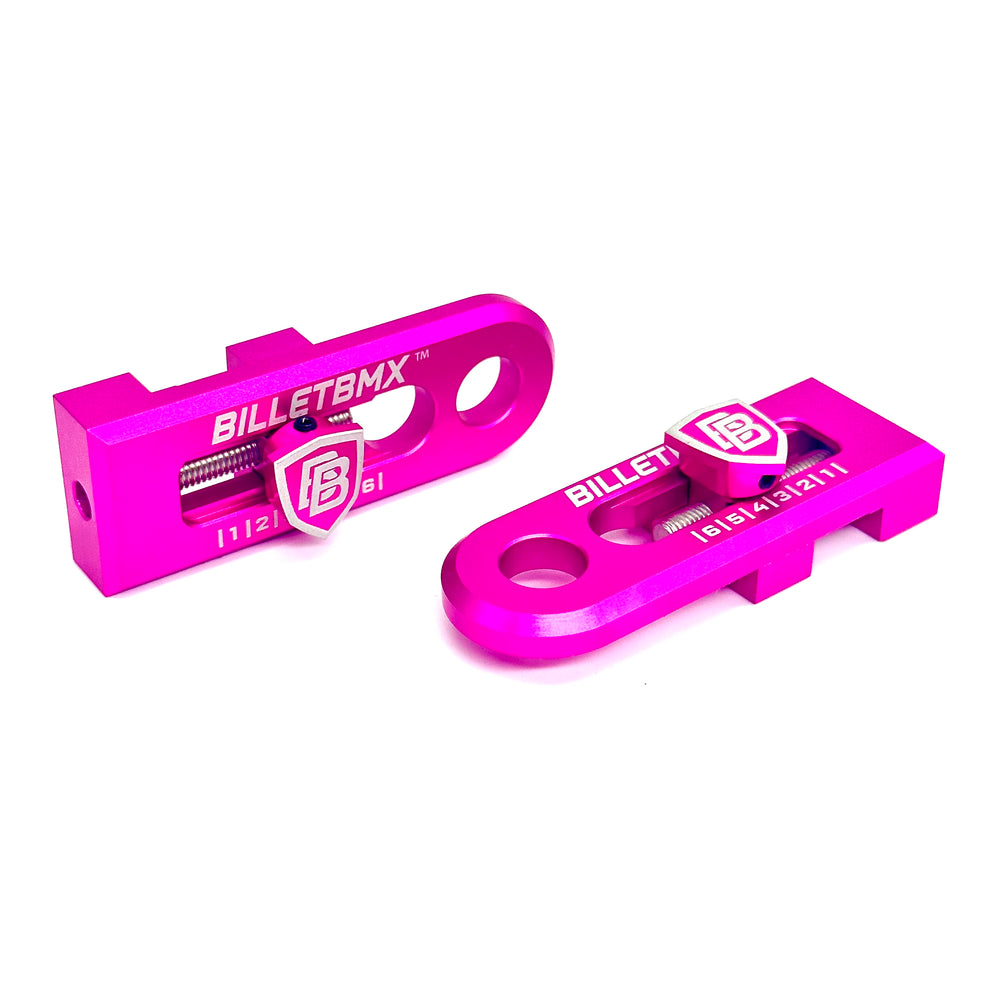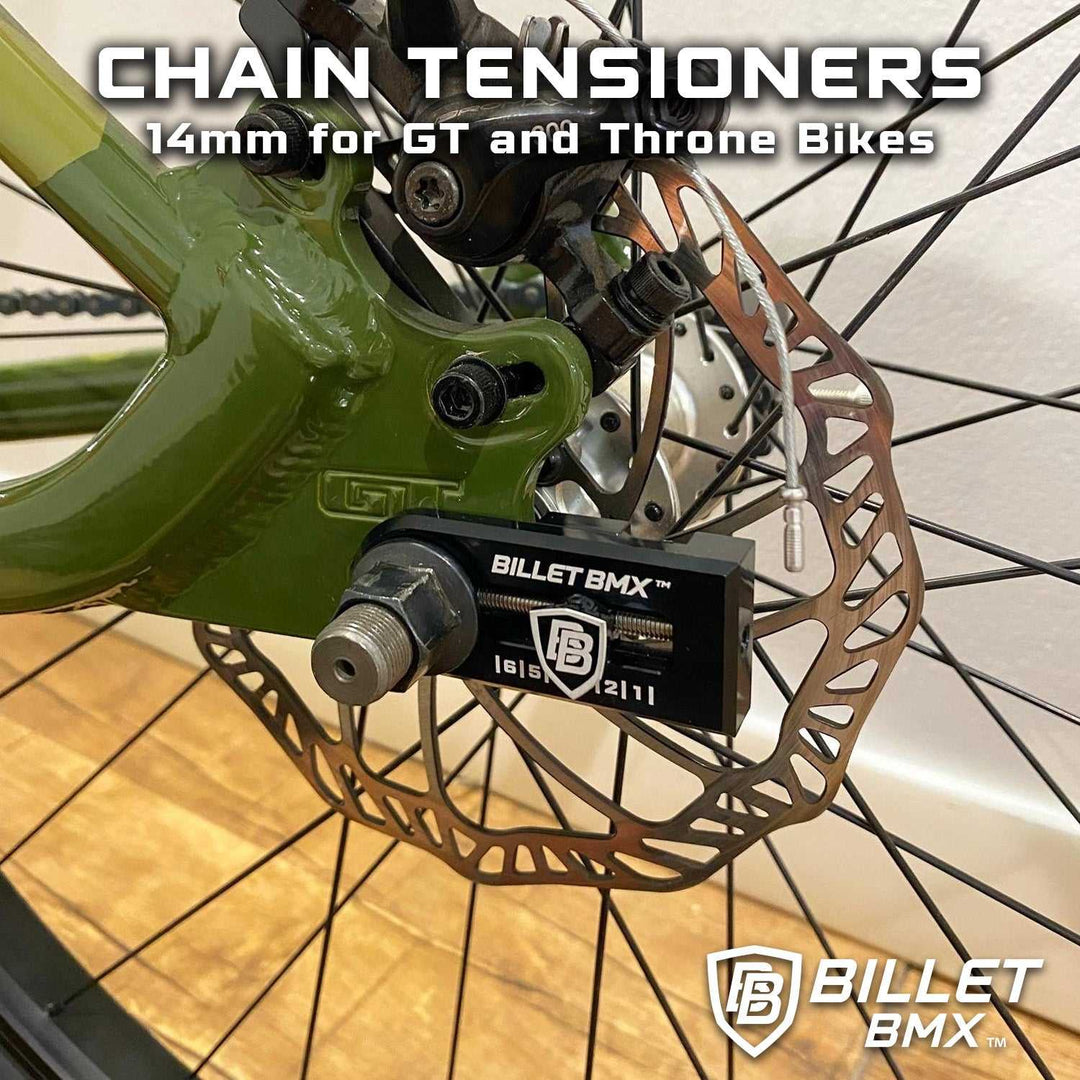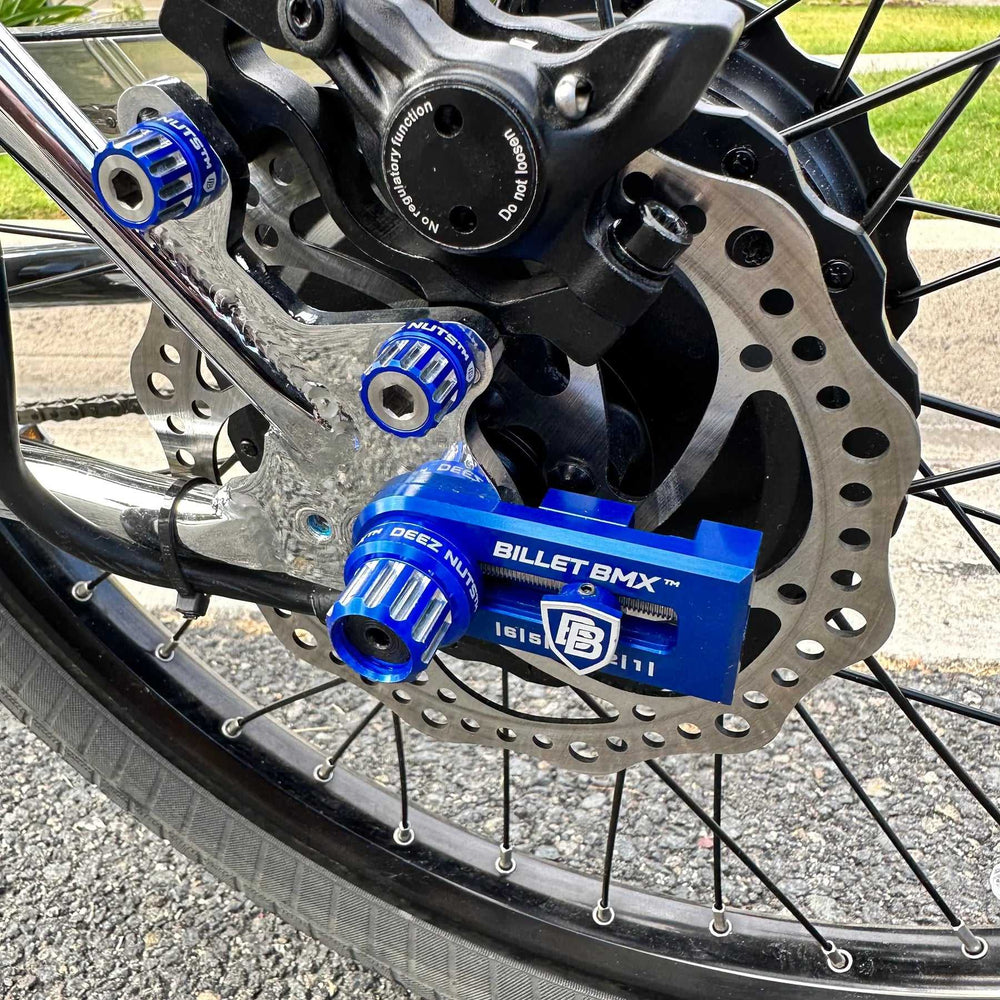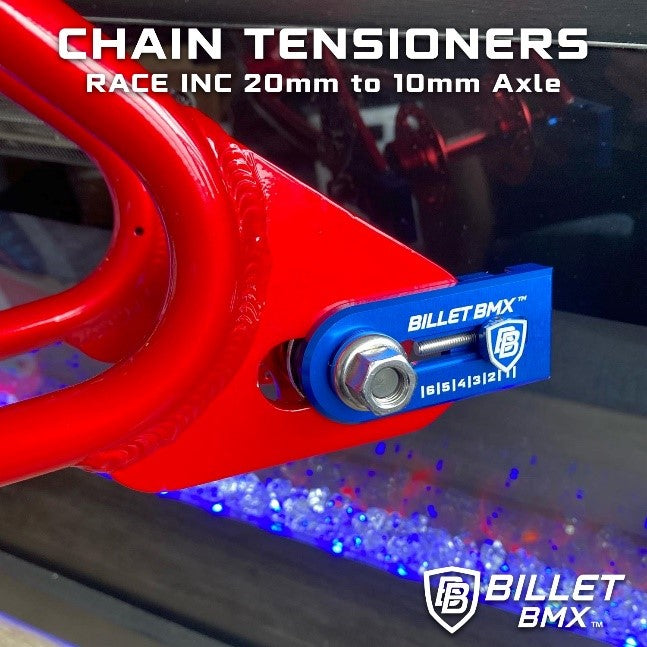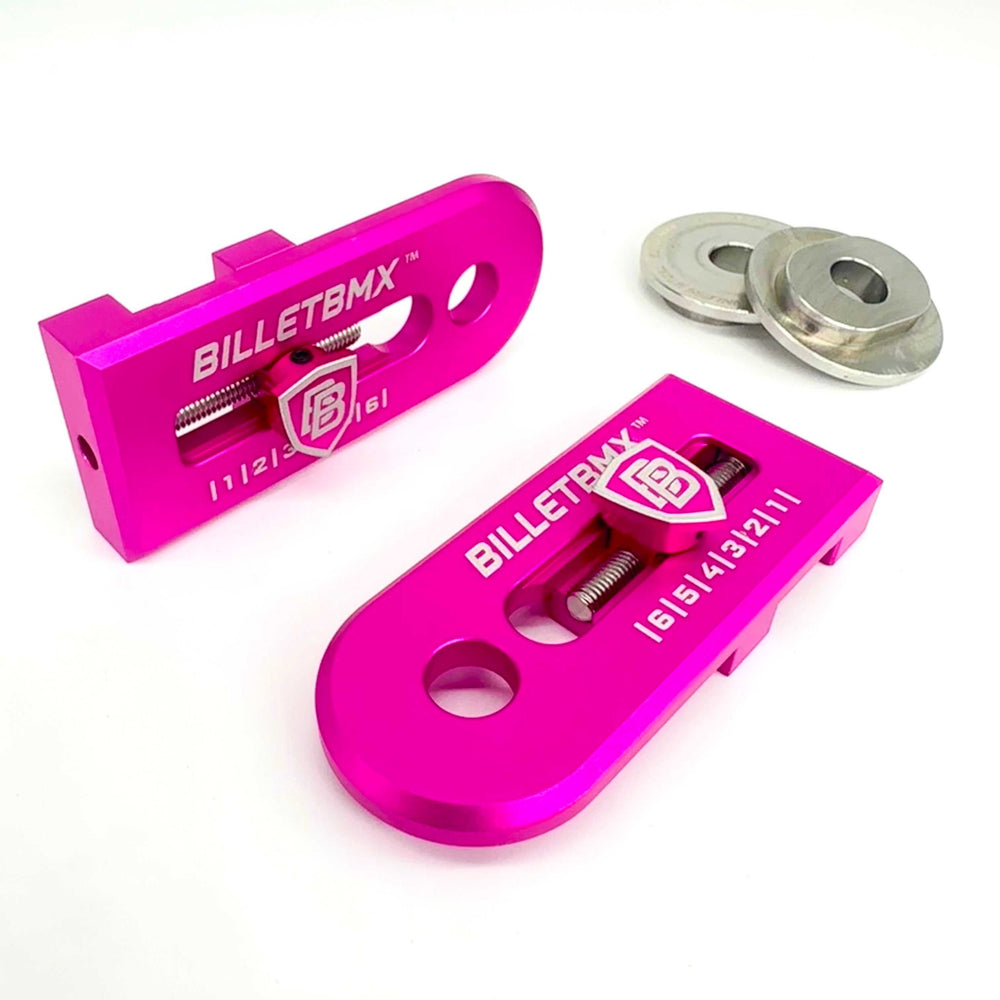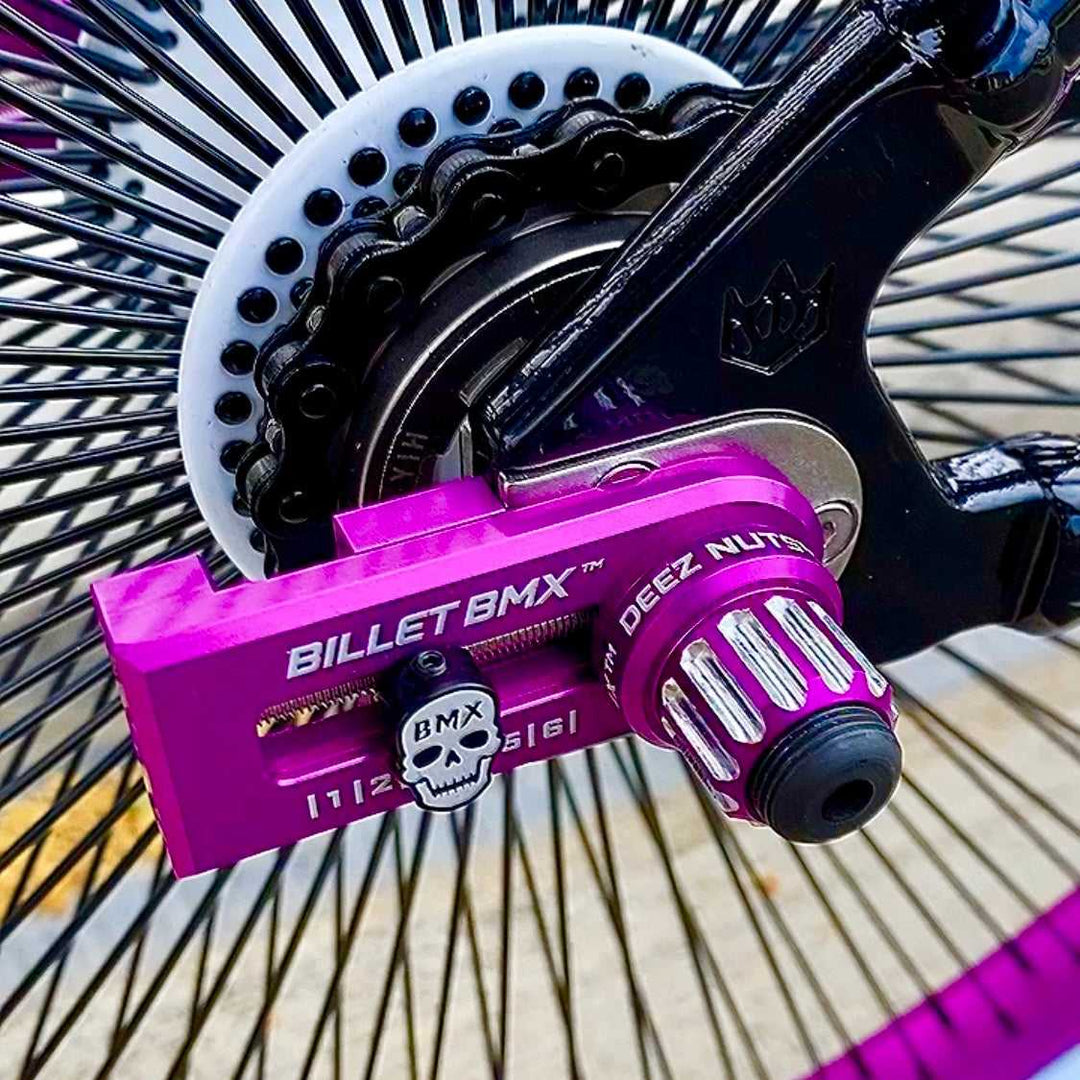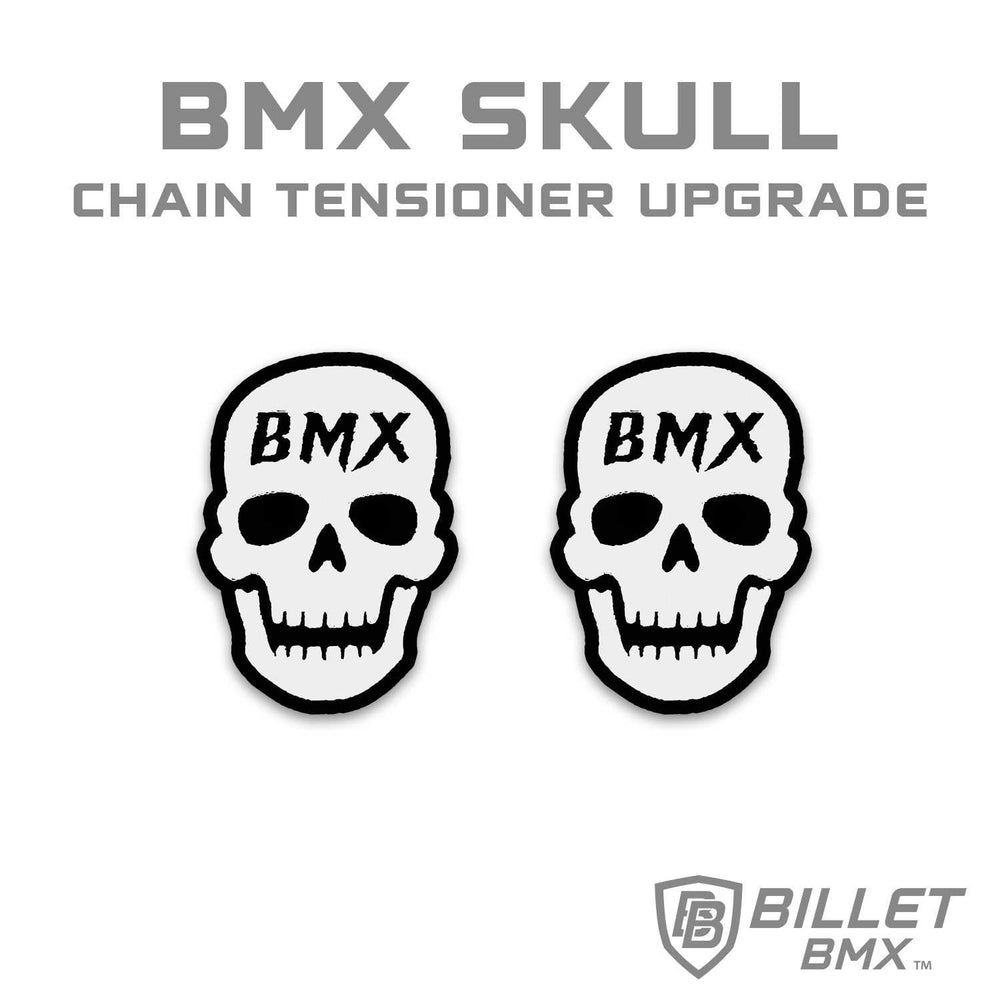Understanding BMX Brake Stopping Power and Performance
BMX bikes are engineered for high-intensity riding, whether it’s freestyle stunts, racing, or navigating off-road terrain. One critical yet often overlooked component of a BMX bike is its braking system. The stopping power and overall performance of BMX brakes play a pivotal role in ensuring safety and control during rides. This guide delves into the factors influencing BMX brake stopping power, the different types of brakes, and tips to optimize their performance.
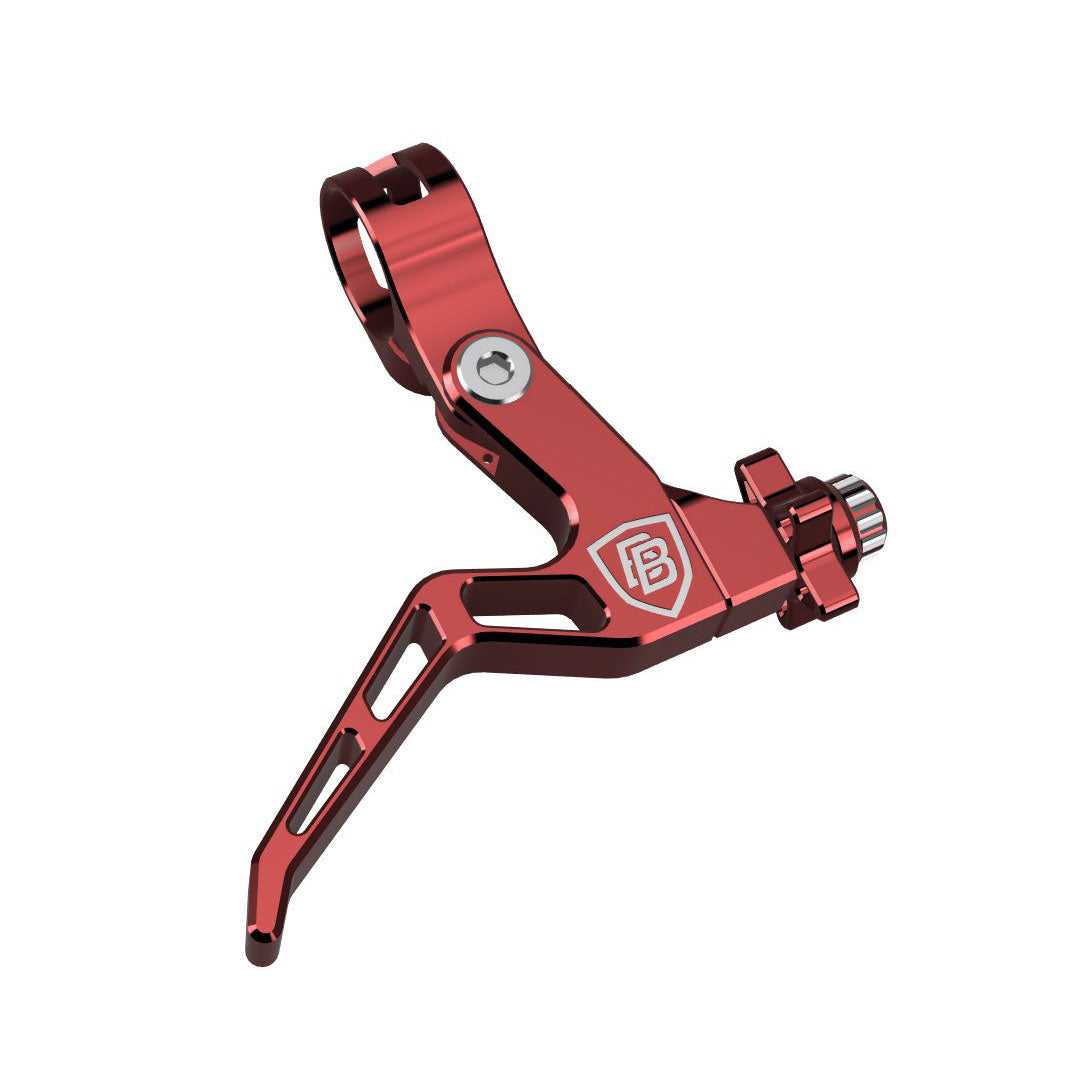
What Determines BMX Brake Stopping Power?
The stopping power of BMX brakes is influenced by a variety of factors, including:
1. Brake Type
The type of brake system installed on your BMX bike significantly affects its stopping power. Common types include:
-
U-Brakes: Known for their compact design and durability, U-brakes offer moderate stopping power and are ideal for freestyle BMX bikes.
-
Caliper Brakes: Commonly found on race BMX bikes, these brakes provide excellent stopping power and lightweight construction.
-
V-Brakes: While less common, V-brakes deliver strong stopping power and are suitable for general-purpose riding.
-
Disc Brakes: Though rare in BMX bikes, disc brakes provide superior stopping power and are excellent for consistent performance in varying conditions.
2. Brake Pad Quality
High-quality brake pads are essential for optimal stopping power. Pads made from durable materials like rubber or composite compounds ensure better grip on the rim or rotor, enhancing braking performance.
3. Rim or Rotor Condition
For rim brakes, the cleanliness and condition of the rim play a crucial role. Dirt, grease, or wear on the rim can reduce friction, compromising stopping power. Similarly, for disc brakes, a warped or contaminated rotor can diminish performance.
4. Cable Tension and Maintenance
Properly adjusted and well-maintained brake cables ensure consistent and responsive braking. Loose or frayed cables can lead to delayed brake response and reduced stopping power.
5. Rider Technique
A rider’s braking technique also impacts stopping power. Gradual and controlled application of brakes, as opposed to sudden jerks, ensures better performance and reduces wear on the braking system.
Types of BMX Brakes and Their Performance Characteristics
1. U-Brakes
U-brakes are the most common type of brakes on freestyle BMX bikes. They are mounted on the seat stays or chain stays, offering compactness and durability. While they are less powerful than disc brakes, they provide sufficient stopping power for freestyle stunts and urban riding.
2. Caliper Brakes
Caliper brakes are lightweight and provide excellent stopping power, making them a popular choice for BMX racing. Their simple design ensures ease of maintenance and reliable performance during high-speed rides.
3. V-Brakes
V-brakes deliver strong stopping power and are relatively easy to maintain. They are a versatile choice for riders who prioritize braking performance on diverse terrains.
4. Disc Brakes
Although uncommon in traditional BMX bikes, disc brakes are becoming popular in custom setups. They provide unmatched stopping power and perform well in all weather conditions. However, their added weight and complexity make them less suitable for freestyle BMX bikes.
Optimizing BMX Brake Performance
To ensure your BMX brakes deliver maximum stopping power, follow these tips:
1. Regular Cleaning and Maintenance
-
Clean Brake Pads and Rims: Dirt and grime can reduce braking efficiency. Use isopropyl alcohol to clean the brake pads and rims regularly.
-
Inspect for Wear: Check brake pads for signs of wear and replace them when necessary.
2. Adjust Cable Tension
Proper cable tension ensures the brakes engage promptly and effectively. Adjust the tension periodically to maintain optimal performance.
3. Use High-Quality Components
Invest in high-quality brake pads and cables for improved performance and longevity. Upgrading to a premium BMX brake kit can enhance stopping power significantly.
4. Check Rim or Rotor Alignment
-
For Rim Brakes: Ensure the rim is straight and free from warping.
-
For Disc Brakes: Inspect the rotor for warping and ensure it is properly aligned with the brake caliper.
5. Test Brakes Regularly
Before every ride, test your brakes at different speeds to ensure they’re working correctly. Regular testing helps identify issues early and prevents accidents.
Choosing the Right BMX Brakes for Your Needs
The ideal BMX brake system depends on your riding style:
-
Freestyle Riders: U-brakes are the go-to choice for their compact design and durability.
-
Racers: Caliper brakes are lightweight and provide precise braking control, ideal for high-speed situations.
-
All-Terrain Riders: V-brakes offer strong stopping power and versatility for diverse conditions.
-
Custom Enthusiasts: Disc brakes are perfect for those who prioritize stopping power and all-weather performance.
Where to Buy High-Quality BMX Brakes
For riders looking to upgrade or replace their BMX brakes, Billet BMX offers a comprehensive range of high-quality BMX brake kits and parts. Whether you need U-brakes for freestyle, caliper brakes for racing, or premium pads and cables, Billet BMX has you covered. Their collection ensures you find the perfect match for your bike and riding style.
Final Thoughts
Understanding BMX brake stopping power and performance is essential for safe and enjoyable rides. By choosing the right brake type, maintaining your braking system, and investing in high-quality components, you can optimize performance and enhance your riding experience. Explore the wide selection of BMX brake kits and accessories at Billet BMX to ensure your bike is always equipped for top-notch braking performance. Ride with confidence, knowing your brakes are ready for any challenge.


